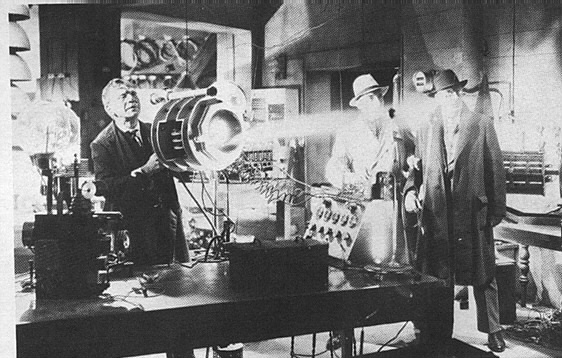|
Magnetic Properties of Ferromagnetic Materials
In this table the remanent flux density is the
retained magnetic
field B, and the SI unit for B is the
Tesla (T). 1 Tesla = 10,000 gauss. The "coercive force" is the
applied reverse magnetic
field strength H required to force the
net magnetic field back to zero after magnetization. The SI unit for H is
A/m, and 1 A/m = 0.01257 oersteds.
|
Reference
|
||||||||||||||||||||||||||||||||||||||||||||||||||||||||||||||||||||||||
Magnetic Properties of Ferromagnetic Materials
A H
2:38 PM
Popular Posts

frequency 5000 words (a)
4:07 PM

frequency 5000 words (E)
2:34 PM
Subscribe Us
Recent Posts
3/recent/post-list
Categories
Recent in Fashion
3/Fashion/post-list
Created By Eaadhar Download | Distributed By MyBloggerThemes



0 Comments